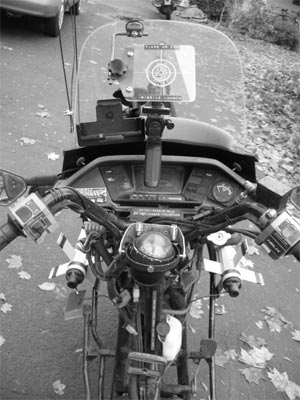 Important Announcement
Important Announcement
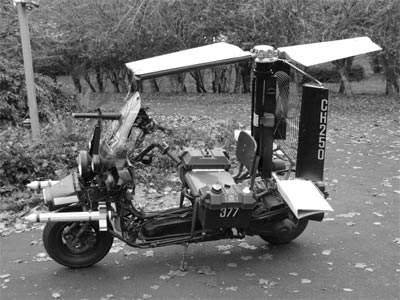

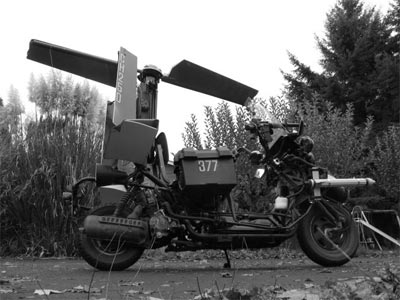

DESIGN SPECIFICATIONS
The Consolidated Aircraft M377A1 Light Attack Autogyro resembled a stripped-down motor scooter with a completely open cockpit, a pusher propeller inside a safety grille, and a fiberglass mast carrying a low-speed main rotor assembly with two fiberglass blades. The blades were designed to remain structurally intact after receiving three direct hits each from small-arms fire from below. The main rotor was clutched to the engine before takeoff to spin the rotor up to the 800 RPM autorotation speed, allowing takeoff at full gross weight after a run of 100 feet or less. Twin rudders were positioned in the propwash from the three-bladed, fixed-pitch aluminum pusher, which was driven by a water-cooled, single-cylinder 16 cubic inch engine. An AR-15 assault rifle with its stock removed was mounted on struts in front of the pilot and fired through a hole in the windscreen. Estes Defense Systems EDS-22 solid-fuel rockets with small C-4 explosive warheads with contact ignitors were mounted ahead of the cockpit. In an emergency, both rockets could be jettisoned before landing to prevent a warhead explosion from injuring the pilot.An early version of the TACAN air navigation system was carried in a pair of electronics accessory pods mounted to each side of the pilot’s seat. The TACAN guidance crosshairs were projected into the pilot's field of vision by a crude heads-up display which allowed the pilot to monitor his course over ground while aiming the machine gun and/or the rockets.
During initial flight trials, the M377A1 was discovered to be dynamically unstable in roll and pitch and a pair of small all-moving horizontal stabilizers were hastily added, with their pivot hinges set slightly behind the base of the main rotor mast. This modification necessitated the elimination of the RPG launch tubes. The stabilizers were capable of differential movement, so as to also serve as ailerons, and the revised design with the extra fins and without the RPG tubes was designated the M377A2.
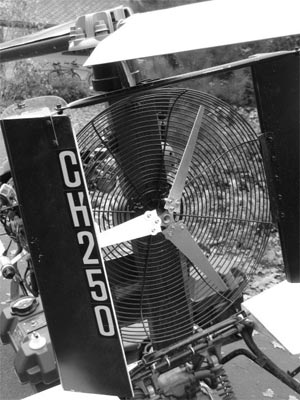

OPERATIONAL HISTORY
A short production run of hand-built M377A2’s without military markings were delivered to the CIA and were first flown into combat by CIA contract pilots, in support of the Revolutionary Air Force during the 1958 Permesta uprising on the Indonesian island of Pulau Morotai. The CIA contract pilots quickly discovered during the initial air attack on Morotai on 21 April 1958 that the unarmored, belly-mounted fuel tank of the M377A2 meant that light arms fire from the ground could easily bring it down in flames, earning it the derisive nickname “Firefly”. It was also determined that despite the addition of the elevons, the design was susceptible to dynamic rollover accidents during landing, due to its bicycle-style landing gear. All 14 of the M377A2’s deployed in the initial assault on Morotai were lost either to ground fire or rollovers.During the second attack on 26 April, the six M377A2’s which had lost their rotor blades to rollover crashes but were otherwise intact were hastily pressed into service on the ground. The CIA field personnel used ropes and cables to immobilize the shattered remains of their main rotor blades and the pilots then rode their M377A2’s into battle on their landing gear.
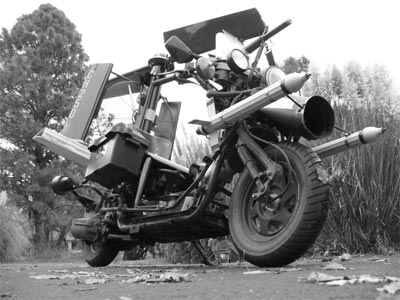

SECOND-GENERATION PROPOSALS
Plans were drawn up for two follow-on versions of the M377A2. The first (named the ”Dragonfly”) was to be a complete redesign incorporating tricycle landing gear to prevent rollovers, streamlining to improve its top speed, and armor shielding for the fuel tank. The second (named the “Highfly”) was intended as a high-altitude reconnaissance version, stripped of all armaments and equipped with an oxygen system for the pilot and a small-format aerial mapping camera. However, because of the disappointing performance of the original M377A2, both of these follow-on developments were cancelled.The only known example of a Firefly that survived combat in its so-called “ground-attack mode” was discovered intact (and still bearing its ruined main rotor blade stubs) in 2012, in a bicycle shop in the town of Daruba, on Morotai’s south coast. On its rudders it still carries the phony civilian registration number "CH250", under which it was originally smuggled into Indonesia by the CIA. It is currently being restored (using once-secret project documentation obtained through the Freedom Of Information Act); however, the unavailability of replacement rotor blades means that it probably will never be returned to airworthy status. As of this writing (March 2013) it is capable of ground operation and has been registered in the state of Oregon as a motorcycle so it can be road-tested during the restoration process.
